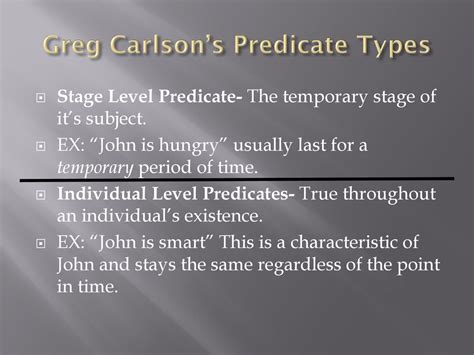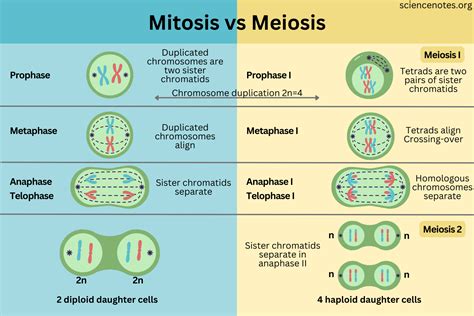lv stage | phase and stage difference lv stage What can you do about heart failure? Heart failure caused by damage to the heart .
Tại DUONG LUXURY, bạn có thể sở hữu một đôi giày LV nam siêu cấp Like auth với mức giá chỉ từ 2-5 triệu đồng nhưng độ hoàn thiện và giống giày Auth tới 99%. Điều này đảm bảo chất lượng và thiết kế không thua kém so với các sản phẩm Louis Vuitton auth.
0 · stage level predicate
1 · phase and stage difference
2 · different type of stages theaters
3 · difference between stages and phases
4 · difference between stage and level
5 · 4 types of theatre spaces
6 · 4 types of staging
7 · 4 main types of staging
LOUIS VUITTON Official International site - Discover our latest Women's All Handbags collection, exclusively on louisvuitton.com and in Louis Vuitton Stores.
stage level predicate
louis vuitton michael jackson collectie
Heart failure can progress, so researchers have identified four stages of the disease — A, B, C and D. Health care professionals also classify heart failure when it has progressed to stages C .Video: Síntomas de la insuficiencia cardíaca. If you have more than one or .Heart failure (HF) is a serious, long-term (chronic) condition.It’s more likely to .Left-sided heart failure. The heart's pumping action moves oxygen-rich blood from the .
Diagnosing heart failure is a combination of reporting systems, certain tests being .
What can you do about heart failure? Heart failure caused by damage to the heart . Left ventricular diastolic dysfunction (LVDD) is a condition that affects your heart’s ability to fill up with blood before sending the blood out into your circulation. Your heartbeat has.Heart failure can progress, so researchers have identified four stages of the disease — A, B, C and D. Health care professionals also classify heart failure when it has progressed to stages C and D. This classification measures a patient’s overall heart function and severity of symptoms. Ejection fraction (EF) is a measurement, expressed as a percentage, of how much blood the left ventricle pumps out with each contraction. An ejection fraction of 60 percent means that 60 percent of the total amount of blood in the left ventricle is pushed out with each heartbeat.
Left ventricular diastolic dysfunction (LVDD) is a condition that affects your heart’s ability to fill up with blood before sending the blood out into your circulation. Your heartbeat has.
As demonstrated by AlJaroudi et al, echo-Doppler progression of diastolic dysfunction can detect LV dysfunction at an early stage and indicates increased risk for future events. This is a fertile area for continued important advances. Diastolic dysfunction is a problem with diastole, the first part of your heartbeat. Typically, your lower heart chambers relax and fill with blood during diastole. Diastolic dysfunction occurs when your lower heart chambers don’t relax as they should. Over time, the dysfunction can lead to diastolic heart failure.Home / Health Library / Diseases & Conditions / Systolic Heart Failure. Systolic heart failure, also called heart failure with reduced ejection fraction, occurs when your left ventricle can’t pump blood efficiently. It’s a serious condition and can cause damage to other organs.
phase and stage difference
Conventionally, diastole can be divided into four phases: isovolumetric relaxation, caused by closure of the aortic valve to the mitral valve opening; early rapid ventricular filling located after.Assessment of left ventricular systolic function has a central role in the evaluation of cardiac disease: guiding management and predicting outcomes. •. Numerous echocardiographic techniques, including left ventricular ejection fraction, are used in routine clinical practice to assess left ventricular systolic function. •. LVEF, defined as the ratio of LV stroke volume to LV end-diastolic volume, is one of the most frequently measured variables in clinical practice. However, LVEF is an imperfect measure of LV contractility, affected also by preload, afterload, heart rate, and LV geometry. Asymptomatic LVDD (ALVDD), also called pre-clinical diastolic dysfunction, is characterized by presence of LV hypertrophy (LVH) identified by electrocardiography and TTE abnormalities, mentioned before, with LVEF ≥ 50%, and without HF symptoms and signs.
Heart failure can progress, so researchers have identified four stages of the disease — A, B, C and D. Health care professionals also classify heart failure when it has progressed to stages C and D. This classification measures a patient’s overall heart function and severity of symptoms.
Ejection fraction (EF) is a measurement, expressed as a percentage, of how much blood the left ventricle pumps out with each contraction. An ejection fraction of 60 percent means that 60 percent of the total amount of blood in the left ventricle is pushed out with each heartbeat. Left ventricular diastolic dysfunction (LVDD) is a condition that affects your heart’s ability to fill up with blood before sending the blood out into your circulation. Your heartbeat has.
As demonstrated by AlJaroudi et al, echo-Doppler progression of diastolic dysfunction can detect LV dysfunction at an early stage and indicates increased risk for future events. This is a fertile area for continued important advances. Diastolic dysfunction is a problem with diastole, the first part of your heartbeat. Typically, your lower heart chambers relax and fill with blood during diastole. Diastolic dysfunction occurs when your lower heart chambers don’t relax as they should. Over time, the dysfunction can lead to diastolic heart failure.Home / Health Library / Diseases & Conditions / Systolic Heart Failure. Systolic heart failure, also called heart failure with reduced ejection fraction, occurs when your left ventricle can’t pump blood efficiently. It’s a serious condition and can cause damage to other organs. Conventionally, diastole can be divided into four phases: isovolumetric relaxation, caused by closure of the aortic valve to the mitral valve opening; early rapid ventricular filling located after.
Assessment of left ventricular systolic function has a central role in the evaluation of cardiac disease: guiding management and predicting outcomes. •. Numerous echocardiographic techniques, including left ventricular ejection fraction, are used in routine clinical practice to assess left ventricular systolic function. •. LVEF, defined as the ratio of LV stroke volume to LV end-diastolic volume, is one of the most frequently measured variables in clinical practice. However, LVEF is an imperfect measure of LV contractility, affected also by preload, afterload, heart rate, and LV geometry.


Dilated cardiomyopathy (DCM) is characterized by the presence of left ventricular (LV) systolic dysfunction and LV dilation, in the absence of significant coronary artery disease and abnormal loading conditions, such as valvular and hypertensive heart disease. 1 The prognosis of DCM significantly improved over the past .
lv stage|phase and stage difference


























